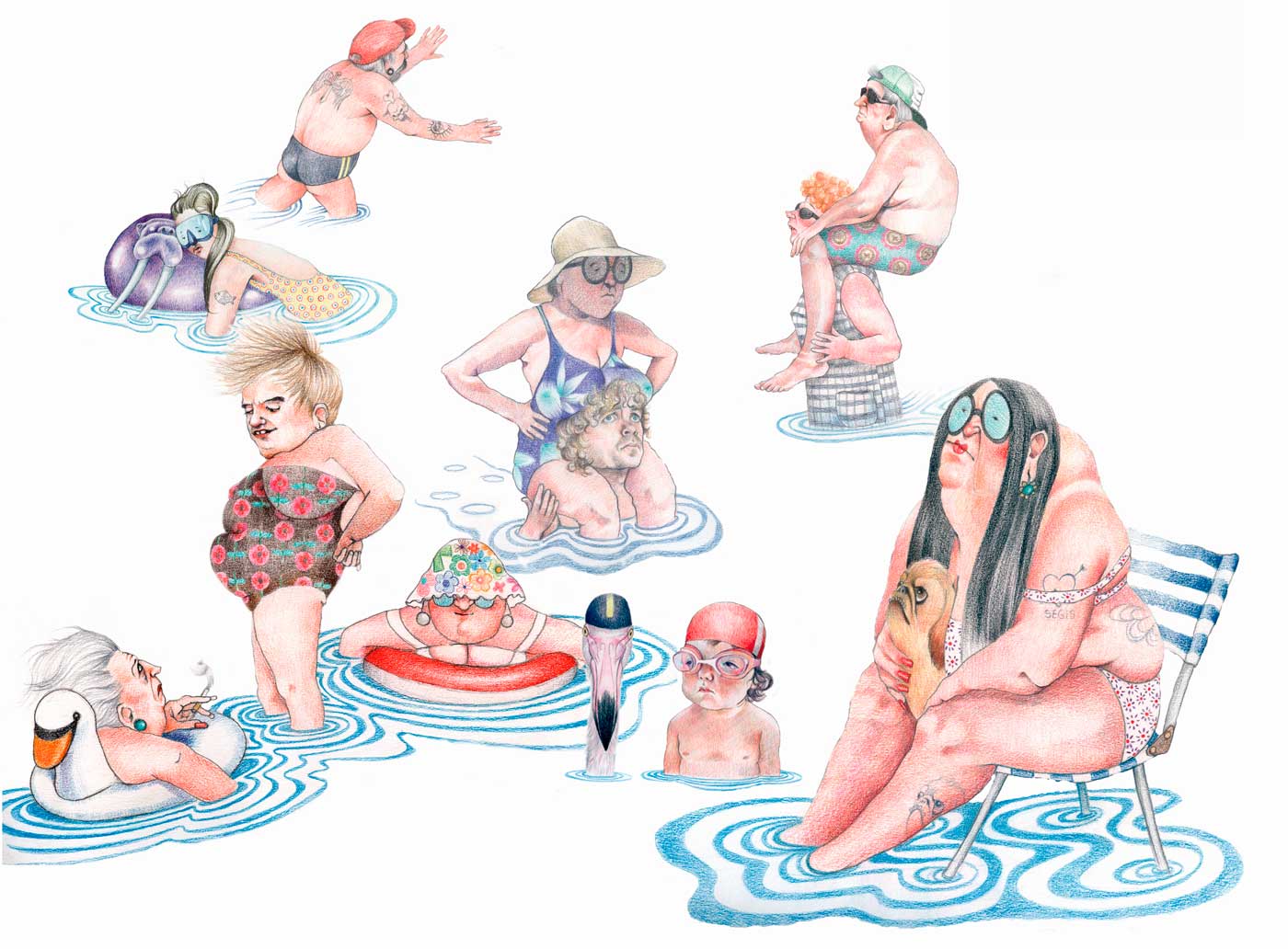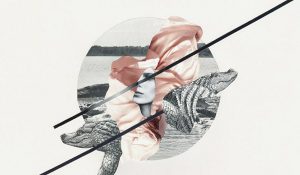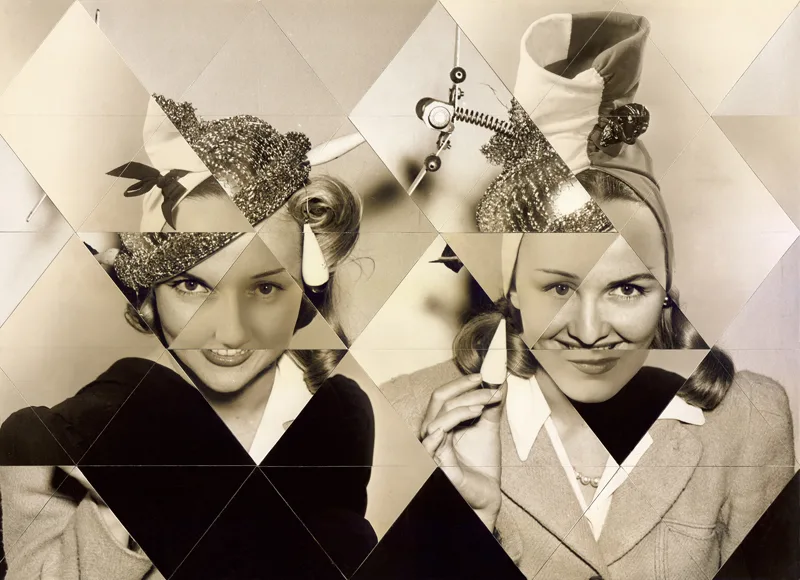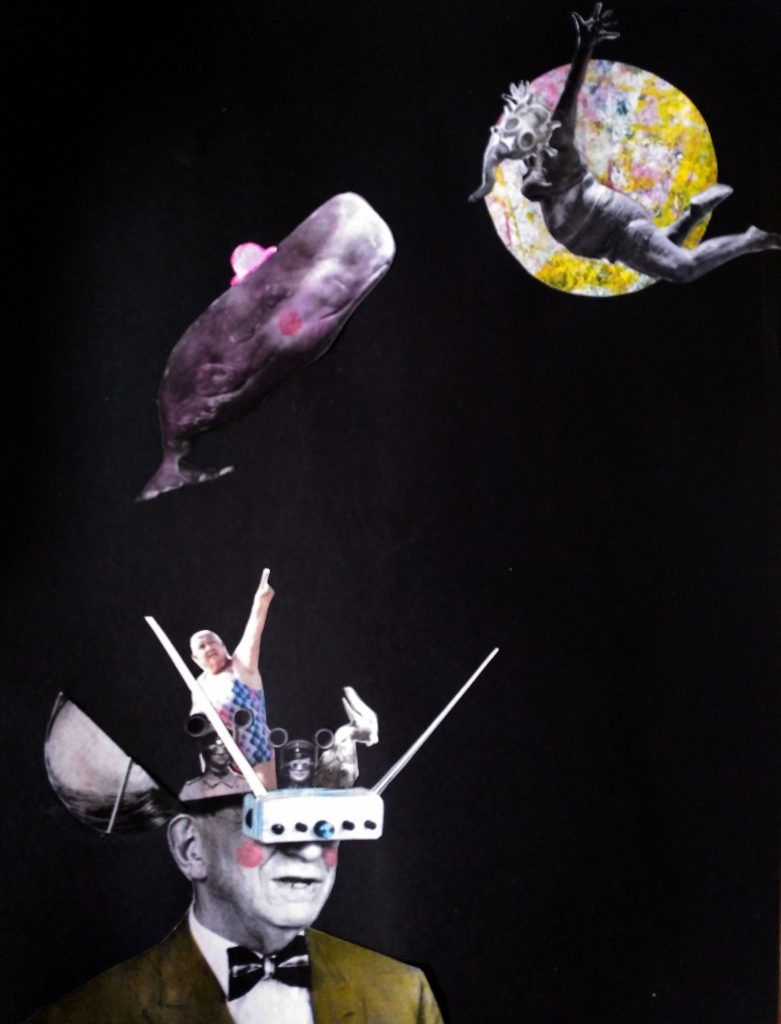Watch this presentation about the remarkable points and straight lines in a triangle, and then watch the tutorials.
You have to see them in this order:
1)Circumcenter
2) Incenter
3) Barycenter
In the three remaining boxes you have to do:
- Draw a scalene triangle with free measures and trace its circumcenter.
- Draw a right triangle with free measures and trace its incenter
- Draw an equilateral triangle with free measures and trace its barycenter.




